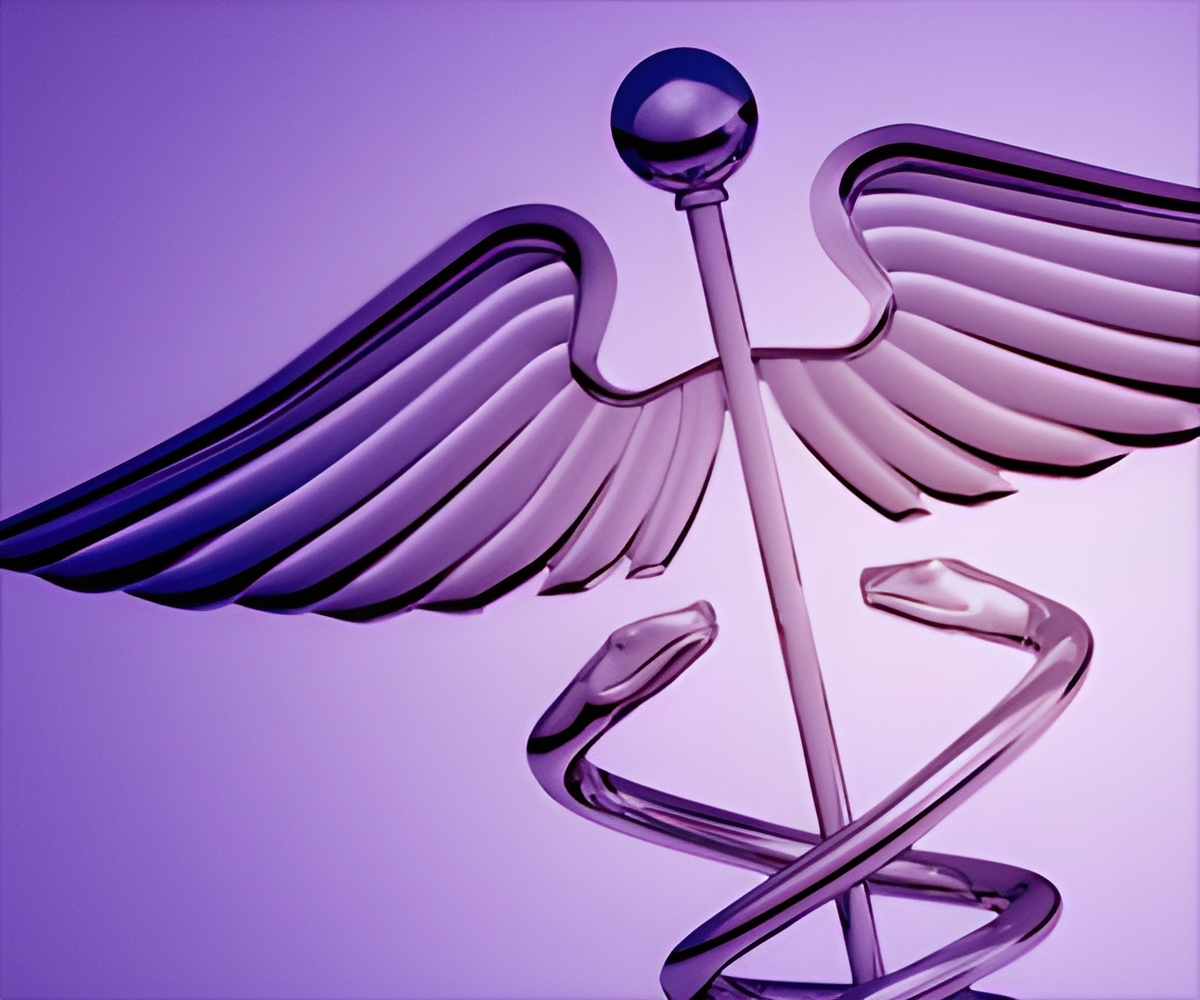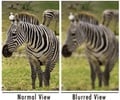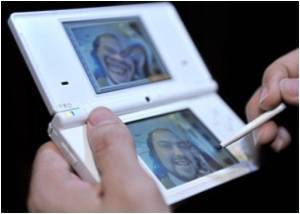With these electronic occlusion glasses, the child learns that the lens will be clear again in just a few seconds so they may be more cooperative with treatment.

‘Programmable electronic glasses improve vision in children with lazy eye just as well as the more traditional treatment using eye patches. This 'digital patch' combines vision correction and occlusion method. As the lens clears again in few seconds, the child may be more cooperative with the treatment.’





Previous studies have revealed that 1 in 4 kids feel anxiety before using eye drops. Nearly 15% refuse to take eye drops at all. Both eye drops and eye patches work based on the occlusion method. This blocks vision in the eye with the better sight, forcing the brain to rely on the so-called lazy eye. During the process, vision improves though many children still need glasses to correct their eyesight. In comparison, the electronic glasses used in this study combine vision correction and occlusion method. The lenses can be filled to fit the kid's vision prescription. As the lenses are liquid crystal display (LCD), they can also be programmed to turn opaque, occluding vision in the left or right eye for different time intervals, acting like a digital patch that flickers on and off.
Researchers at the Glick Eye Institute at Indiana University recently tested the effectiveness of occlusion glasses compared to patching in a randomized clinical study. They recruited 33 subjects with lazy eye between age three and eight who wore spectacles to correct their vision. One group wore an adhesive patch for two hours daily. The other wore Amblyz; occlusion glasses for four hours daily.
For the study, researchers switched the lens over the eye with better vision from clear to opaque every 30 seconds. After three months, both groups of children showed the same amount of improvement in the lazy eye, gaining two lines on a reading chart.
Dr. Daniel Neely, a pediatric ophthalmology professor at Indiana University who led the study, said, "When you talk to adults who underwent childhood treatment for amblyopia, they will tell you that wearing a patch was the worst thing ever. With these electronic occlusion glasses, the child learns that the lens will be clear again in just a few seconds so they may be more cooperative with the treatment. For parents who have struggled with drops and patching, this could be a great alternative."
Advertisement
Results from the first U.S. trial of this device will be presented at AAO 2015, the 119th Annual Meeting of the American Academy of Ophthalmology.
Advertisement













